June 26, 2014
The debate about open plan offices is not helped by its use of stereotypes
 The incessant debate about open plan offices is informed by a number of assumptions that can lead us to misunderstand the issues involved. Nigel Oseland eviscerates several of them excellently here, making it plain that a great deal is lost in translation somewhere over the mid-Atlantic. In truth, the European and US experiences of the open plan are very different and while we in the UK could always laugh along with our US counterparts at the organisational insanity of Dilbert, the cubicles themselves were largely alien to us. Another red herring in the debate is the idea that the open plan office is for extroverts and its alternatives for introverts. There is something in this but it’s too simplistic an idea and is often built around the stereotypes associated with sectors such as TMT, the age of workers (especially Gen Y) and supposed national characteristics, not least the reserve of Brits and the brashness of Yanks.
The incessant debate about open plan offices is informed by a number of assumptions that can lead us to misunderstand the issues involved. Nigel Oseland eviscerates several of them excellently here, making it plain that a great deal is lost in translation somewhere over the mid-Atlantic. In truth, the European and US experiences of the open plan are very different and while we in the UK could always laugh along with our US counterparts at the organisational insanity of Dilbert, the cubicles themselves were largely alien to us. Another red herring in the debate is the idea that the open plan office is for extroverts and its alternatives for introverts. There is something in this but it’s too simplistic an idea and is often built around the stereotypes associated with sectors such as TMT, the age of workers (especially Gen Y) and supposed national characteristics, not least the reserve of Brits and the brashness of Yanks.





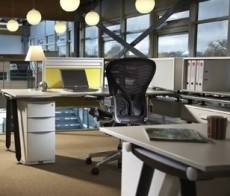
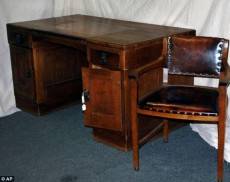
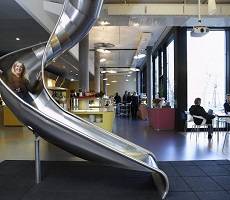
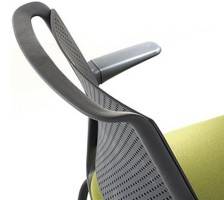

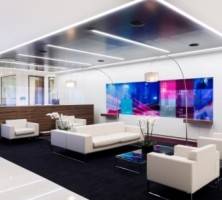
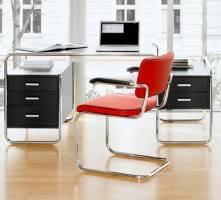
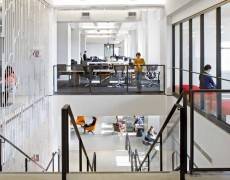
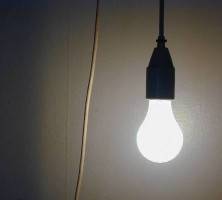















July 15, 2014
Book Review: Cubed: A Secret History of the Workplace by Nikil Saval
by Colin Watson • Comment, Furniture, Work&Place, Workplace design
Cubed: A Secret History of the Workplace
Nikil Saval’s book Cubed: A Secret History of the Workplace pulls off that rare feat for a parochial business book of being intelligent and informed (which many are) as well as fascinating, entertaining and realistic, which is rather less commonplace. He pulls this off with plenty of references to pop culture including television series such as Will and Grace, films such as Office Space and The Apartment and, inevitably, the Dilbert cartoons. There is also a great deal of enjoyment to be had in the slightly jaded tone of his writing and brutal evisceration of the likes of Tom Peters who is singled out for special criticism. So too, his take on the very idea of the ‘Office of the Future’ with its slides, basketball courts, pool tables and vivid colours.
More →